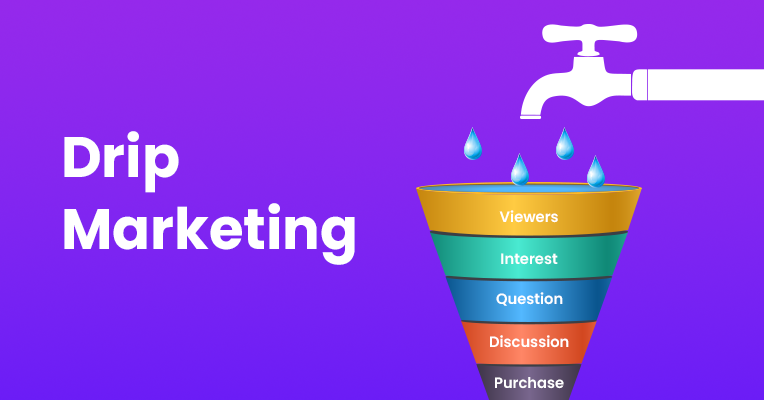In the realm of effective communication, timing and frequency play a pivotal role in determining the success of messaging strategies. Finding the ideal balance between when to send messages and how often to do so can significantly impact engagement levels. Let's delve into the art of determining the ideal timing and frequency of messages while avoiding over-messaging and burnout among recipients.
